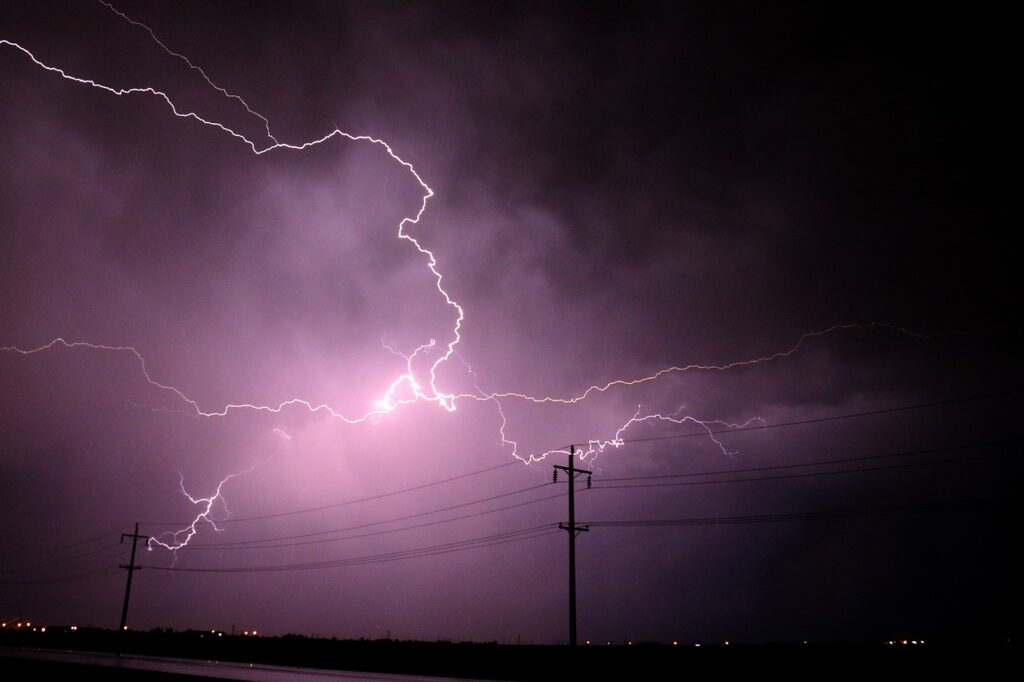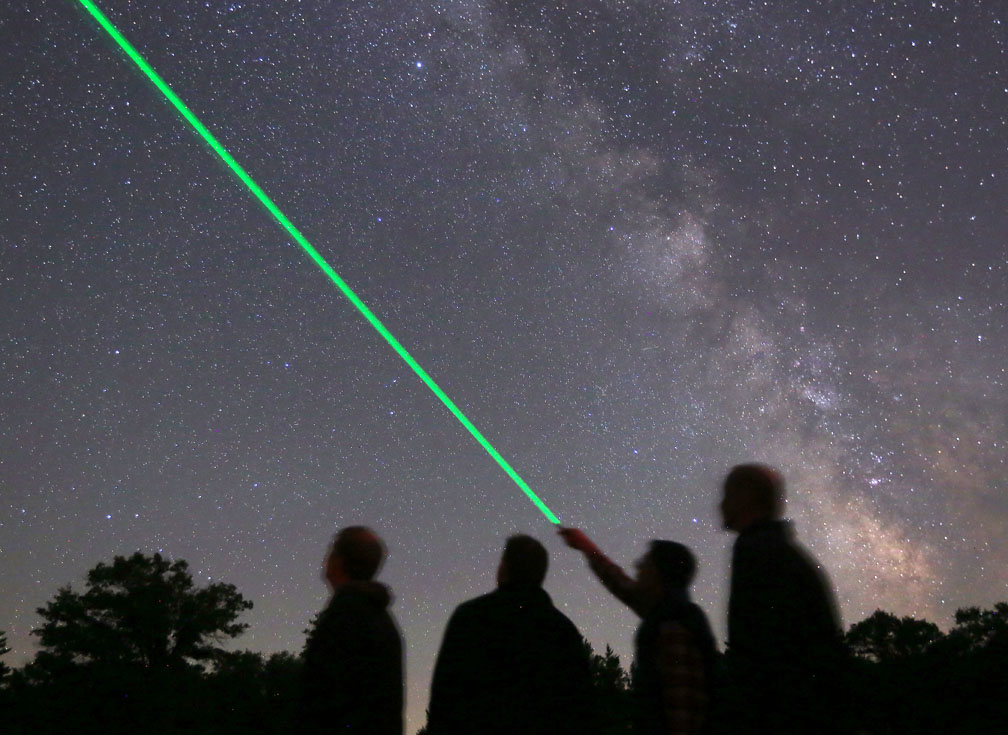Lightning, science, lasers, thunder bolt, scientists, physics, first time, thunder storm, lightning storm, lightning bolt, lightning strike
French researchers improved the famous kite experiment…!!!
‘Lightning’ – a thing which was a fear for everyone when we were kids and when we use to tell our parents asking them so-called silly questions (in terms of our parents…haha) that “what is it”? “why it happens?”. They always use to reply to us with huge smiles that it is a huge war going on, there in the sky between Gods and Evils or between different Gods themselves. And this soothing reply was way enough to satisfy us. Those were the days… So let’s come to the topic!!!

History of Lightning
A lightning storm is a high-voltage electrical discharge between a thundercloud and the ground, within a cloud, or between clouds. Lightning strikes cause losses of billions of dollars in damages and hundreds of people being electrocuted. Hence, for many years, scientists have been experimenting with changing the path of a thunderstorm. Benjamin Franklin in 1752 – proved the relationship between lightning and electricity. His theory is still a guide for dealing with it.
Rerouting lightning can save important places like airports and launch pads: avoid thousands of deaths every year…
New Research
Researchers at Ecole Polytechnique‘s Laboratory of Applied Optics in France are trying to improve the experiment by designing a system that uses high-powered lasers that could revolutionize lightning protection. They succeeded in changing its direction by using a laser aimed at the sky from the top of Mount Santis in northeastern Switzerland.
“Metal rods are used almost everywhere to protect from it, but the area they can protect is limited to a few metres or tens of metres,” said Aurélien Houard, a physicist at École Polytechnique in Palaiseau. “The hope is to extend that protection to a few hundred metres if we have enough energy in the laser.”
A Journal detailing the work of researchers was published in Nature Photonics. It was the first to demonstrate experiments to change the direction of it at long distances by using lasers.

Laser device
The laser device is about the size of a car and weighs more than three tons. It uses lasers from a German industrial machine.
The system was placed on a 2,500-meter-high mountain and was aimed at the sky from a 400 feet high transmission tower.
Recording results with a high-speed camera
The scientists waited for storms to gather and between July and September last year, fired rapid laser pulses at thunderclouds for a total of more than six hours. Instruments set up to record lightning strikes showed that the laser diverted the course of four upward discharges throughout the experiments.
Only one strike, on 21 July, happened in clear enough conditions for the researchers to film the path of the storm from two directions using high-speed cameras several kilometres away.
Scientists fired 1,000 laser beams per second to change the direction of lightning. In the very first experiment, the researchers recorded with a high-speed camera that its path had changed by more than 50 meters.
Scientists explained that when high-power laser beams are released into the atmosphere, a filament of extremely intense light is created within the beam. These filaments ionize nitrogen and oxygen molecules in the air, releasing free-floating electrons. This ionized air is called plasma and becomes an electrical conductor.
Future scope
Further research and development in the system will protect important infrastructures like power stations, airports, wind farms and launch pads from thunderstorms. It causes billions of dollars in potential damage to buildings, communications, power lines, and electrical equipment every year as well as thousands of lives.
“The cost of the laser system is very high as compared with that simple rod”, said Professor Manu Haddad, director of the Morgan-Botti Lightning Laboratory at Cardiff University. “However, lasers could be a more reliable way to direct the lightning discharge, and this may be important for the protection of critical ground installations and equipment.”


2 thoughts on “Scientists steer lightning bolts with lasers for the first time”